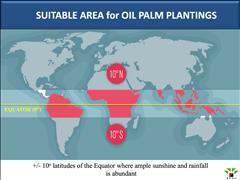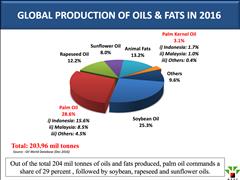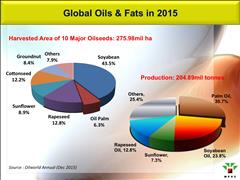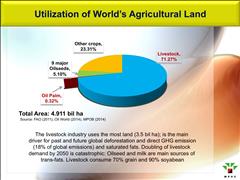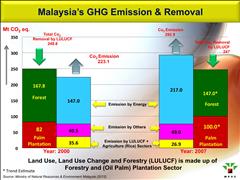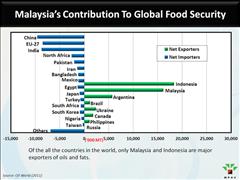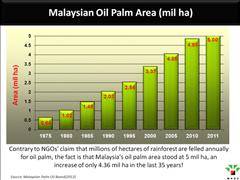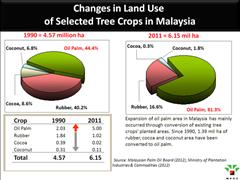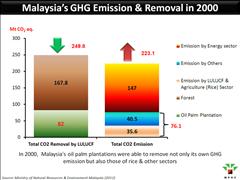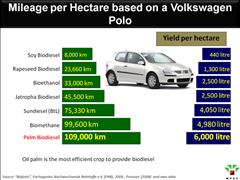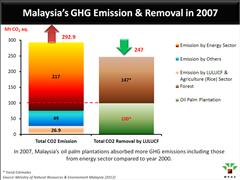MENUMENU
- About Palm Oil
-
-
-
About Palm Oil
Palm oil is derived from the flesh of the fruit of the oil palm species E.
Guineensis. In its virgin form, the oil is bright orange…
-
-
Palm Oil Plantation
-
Palm Oil Industry
-
FAQs
-
-
- Media & Resources Center
-
-
-
Media and Resource Center
Gain access our Media Center, MPOC Reposts and Resource Center.
-
-
Media Center
-
MPOC
-
Resources Center
-
-
- MPOC
-
-
-
MPOC
Malaysian Palm Oil Wildlife Conservation Fund (MPOWCF)
Leading the way in conservation opportunities and efforts
-
-
Corporate Profile
To promote the market expansion of Malaysian plam oil and its products by enhancing the image of palm oil and…
-
Regional Offices
HQ Office
Level 25, PJX HM Shah Tower,
No. 16A Jalan Persiaran Barat PJS 52,
46200 Petaling Jaya,
Selangor Darul Ehsan,
MALAYSIA
-
Palm Oil Links
-
-
- Market Statistics
-
-
-
-
Monthly Palm Oil Trade Statistics
-
Daily Palm Oil Prices
-
-
- Events
-
-
-
Events
-
-
-
-
- News

